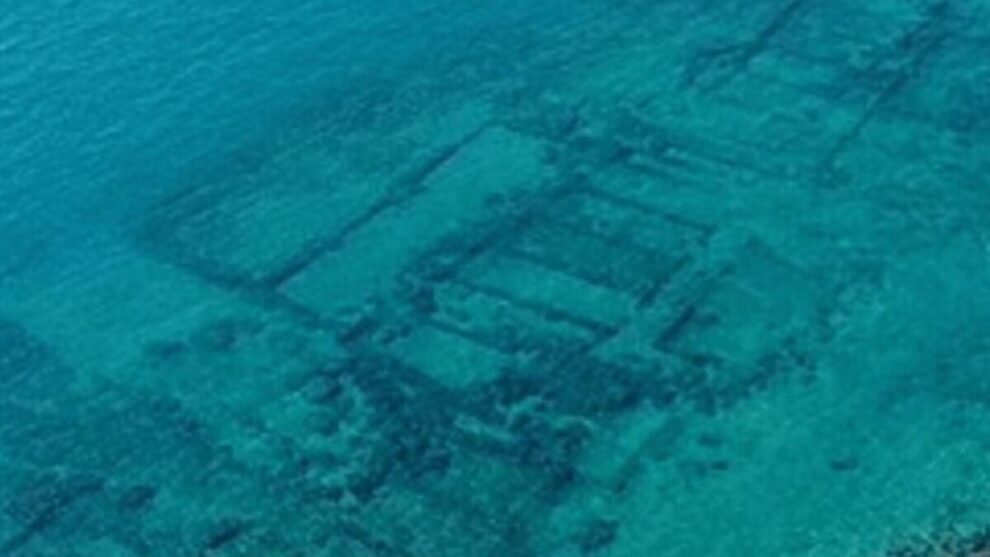Archaeologists have made an exciting discovery off the coast of Naples, Italy, unearthing the ruins of a 2,000-year-old temple believed to have been built by the ancient Nabataean civilization.
The remains were found submerged underwater near Puteoli, a city that was once a bustling harbor where merchants from around the world traded goods.
The temple’s discovery confirms that there was a Nabataean community actively involved in trade in this region between 31 BC and 14 AD.
The Nabataeans were known for their impressive architectural feats, including Petra’s Treasury, which was featured in the famous film “Indiana Jones and the Last Crusade.” This film portrayed the Treasury as the resting place of the Holy Grail, according to The Independent.
Insights into the Nabataean Civilization’s Wealth
During the time the temple was built, Puteoli served as an essential port for commerce. The Nabataeans developed a positive relationship with the Roman Empire, allowing them to accumulate significant wealth.
According to a study published Sept. 12 in the journal Antiquity, archaeologists have discovered two large rooms within the rectangular temple, linked by internal paths to a nearby trading area where foreign merchants conducted business.
Inside these rooms, researchers found Roman-style walls and marble slabs inscribed with the words “Dusari sacrum,” which means “consecrated to Dushara,” the primary god worshiped in the Nabataean religion.
This suggests that the temple was not only a place of worship but also a refuge for traders and a center for commercial activities under the protection of the deity.
The researchers believe the temple was filled with concrete and had a new walking surface placed above it around the beginning of the second century AD, leading to its preservation underwater for centuries.
The site was rediscovered in 2023 during a survey of the seafloor in the area, revealing the dimensions of the two rooms, each measuring about 32 feet by 16 feet.
The Nabataean Kingdom, which extended from northern Arabia to the eastern Mediterranean, was influential in controlling a vast trade network of luxury goods, including incense, gold, and perfumes.
This discovery offers a glimpse into their rich history and contributions to commerce and culture during ancient times. The findings continue to shed light on the fascinating life of the Nabataeans and their interactions with neighboring civilizations.









